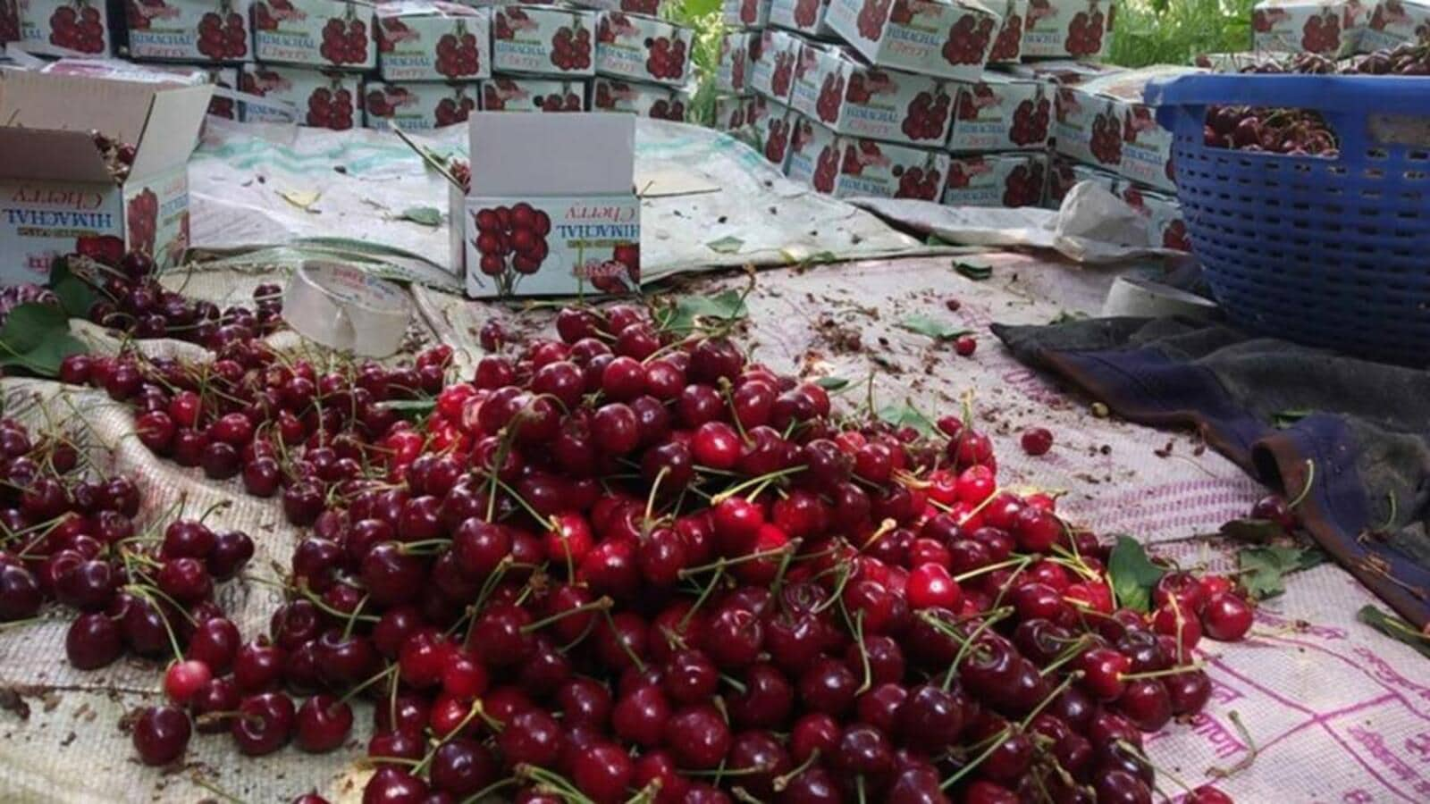Description

Copyright infringement not intended
Context: Cherry farmers in the Kashmir Valley are facing a huge loss due to adverse weather conditions this year. The heavy rains and low temperatures have damaged the cherry crop during the peak harvesting season in May-June. Cherry is an important source of income for the farmers in the Valley, as it is the only fruit that matures in summer, while other fruits are harvested in autumn.
Details
- According to official data, Jammu and Kashmir is the largest producer of cherries in India, with an annual production of around 12,000 metric tonnes. The Kashmir Valley accounts for 95% of the total cherry production in India.
Key Points about Cherry Farming in India
- Climatic Requirements: Cherries thrive in temperate climates with cold winters and mild summers. They require a period of winter chilling (cold treatment) to break dormancy and initiate flowering in spring. Hence, cherry farming is mostly limited to high-altitude regions with a temperate climate in India.
- Suitable Regions: The states of Jammu and Kashmir, Himachal Pradesh, and parts of Uttarakhand are the primary regions where cherry farming is practised in India. These regions offer the necessary climatic conditions for cherry cultivation.
- Soil Requirements: Cherry trees prefer well-drained, loamy soils with good organic content. The soil should have a pH level ranging from 6.0 to 7.5 for optimal growth.
- Planting and Propagation: Cherry trees are usually propagated through budding or grafting. They are planted during the dormant season in well-prepared pits. Proper spacing is essential to ensure adequate sunlight and airflow between trees.
- Irrigation: Adequate irrigation is crucial during the growing season, especially during the flowering and fruit development stages. Drip irrigation is often preferred to provide a controlled and consistent water supply.
- Pruning and Training: Regular pruning is necessary to maintain the shape of the cherry tree, remove dead wood, and encourage new growth. Training the trees into a proper framework is also vital for better fruit production.
- Pest and Disease Management: Cherry trees are susceptible to various pests and diseases. Common pests include aphids, fruit flies, and birds, while diseases like bacterial canker and leaf spot can affect cherry orchards. Integrated pest management practices are used to minimize chemical usage and ensure sustainable cultivation.
- Harvesting: Cherry fruits are handpicked when they reach their full size and colour. Harvesting typically takes place during late spring or early summer, depending on the cherry variety and region.
- Market and Uses: Cherries are a high-value crop, and their demand is primarily driven by the fresh fruit market. They are also used in the processed food industry to make jams, jellies, juices, and other cherry-based products.
Cherry farming in India is a specialized and region-specific agricultural activity, but with increasing awareness of the health benefits and market potential, it may witness further growth in suitable areas. However, it remains a relatively small-scale and localized industry compared to other fruit crops in the country.
|
PRACTICE QUESTION
Q. What type of climate is best for cherry cultivation?
A) Hot and humid tropical climate
B) Cold winters and mild summers in temperate regions
C) Arid and dry desert climate
D) Warm and wet subtropical climate
Answer: B
Explanation: Cherry trees thrive in temperate climates with cold winters and mild summers. They require a period of winter chilling (cold treatment) to break dormancy and initiate flowering in spring, which is essential for fruit production.
|

https://www.downtoearth.org.in/news/agriculture/wettest-may-june-in-decade-hits-kashmir-s-cherry-growers-hard-90864










